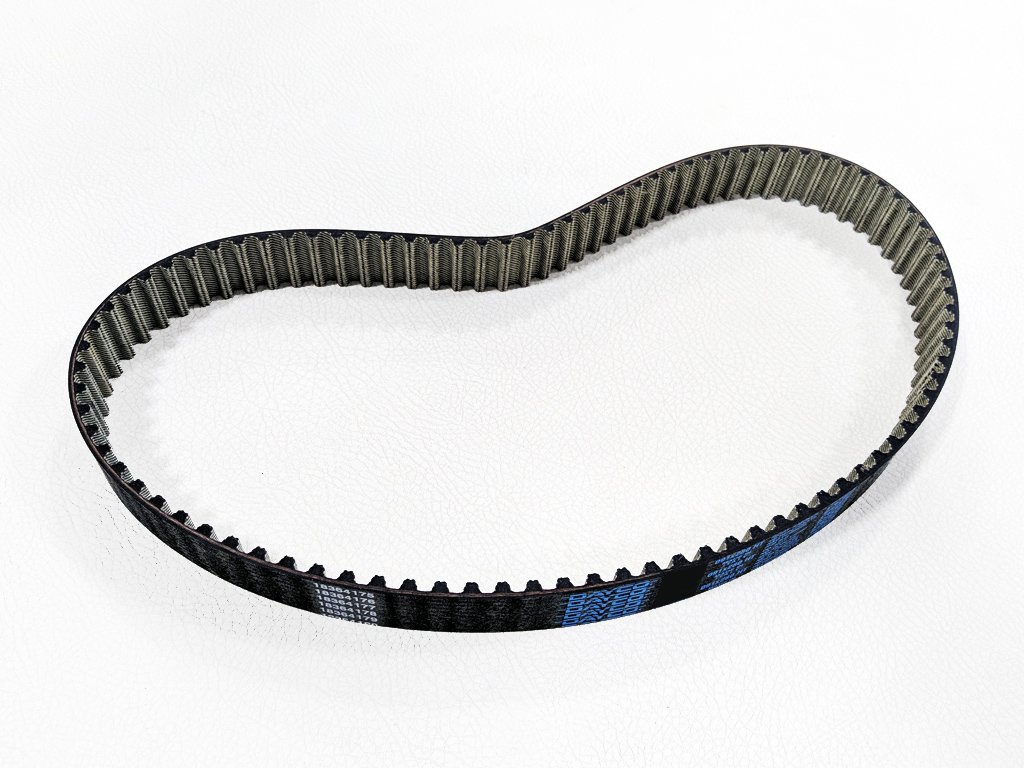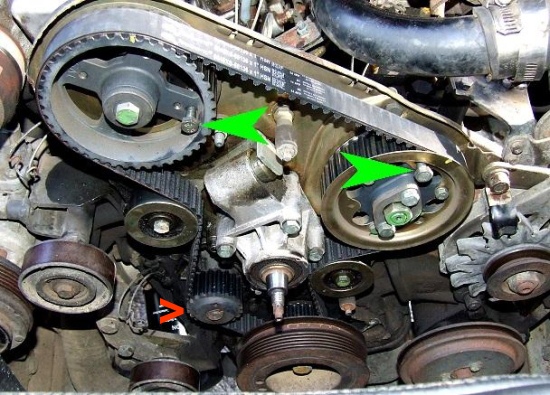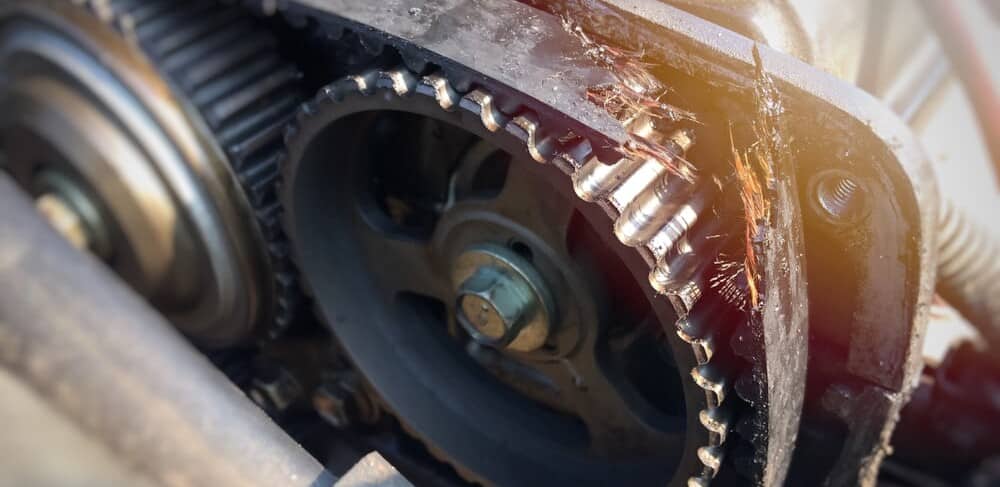

Re-check the tension and readjust if necessary. The timing belt is a simple strip of rubber and metal that makes sure that the engine's key moving parts are choreographed to millisecond accuracy. Lock it by tightening the bolt over the slot.

Move the tensioner as necessary to tighten or loosen the belt. Slacken both bolts just enough to let you slide the tensioner. It has two adjustment bolts, one of them fitted over a slot. The tensioner is a roller which bears on the outside face of the belt. If an engine is equipped with a timing belt, the timing belt must be replaced at the service interval specified by the vehicle manufacturer. The balance should read 11 lb (5 kg) for a used belt, 13 lb (6 kg) for new belt. Learn about the symptoms and costs you may encounter if something goes wrong. One vehicle component often overlooked during routine auto maintenance is. The timing belt is one of the most important parts of your vehicles engine. Pull the spring balance until the edge of the belt is in line with a raised mark on the water-pump intake-hose stub. With automotive engines, as with many aspects of daily life, timing is critical. Timing belts are fiber-reinforced drive belts made to connect two vital pieces of your engine, the crankshaft and the camshaft, to operate smoothly.

(If necessary, use a separate L hook.) The spring balance must be capable of measuring at least 13 lb (6 kg).įit the hook to the belt midway between the camshaft and crankshaft A timing belt, also referred to as a timing chain or cam belt, is an integral part of the internal combustion engine. To measure the tension, use a spring balance with its hook bent to an L shape to fit flat against the belt. Get the best deals on Car & Truck Engine Timing Belts when you shop the largest online selection at.


 0 kommentar(er)
0 kommentar(er)
